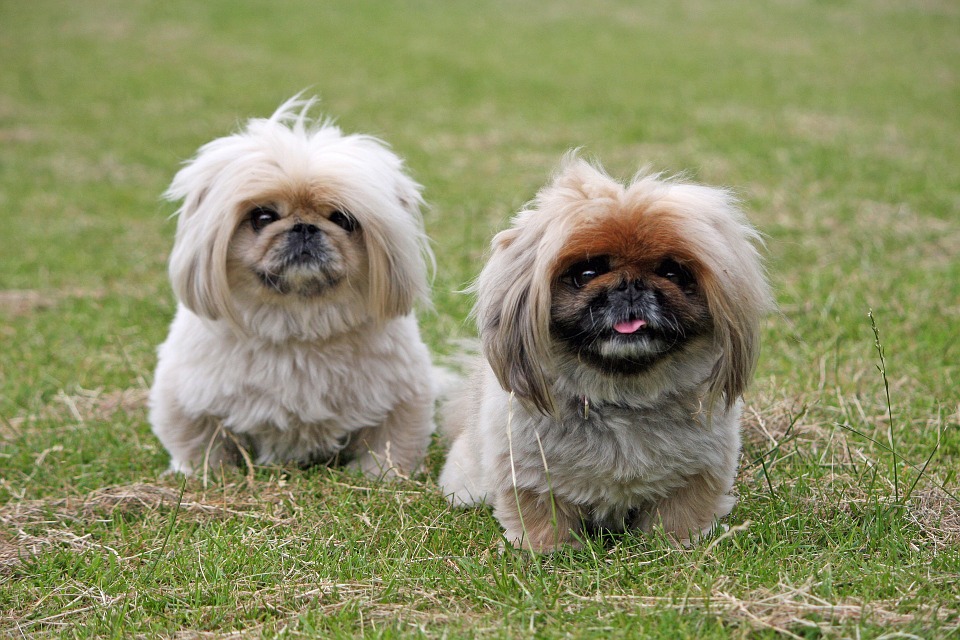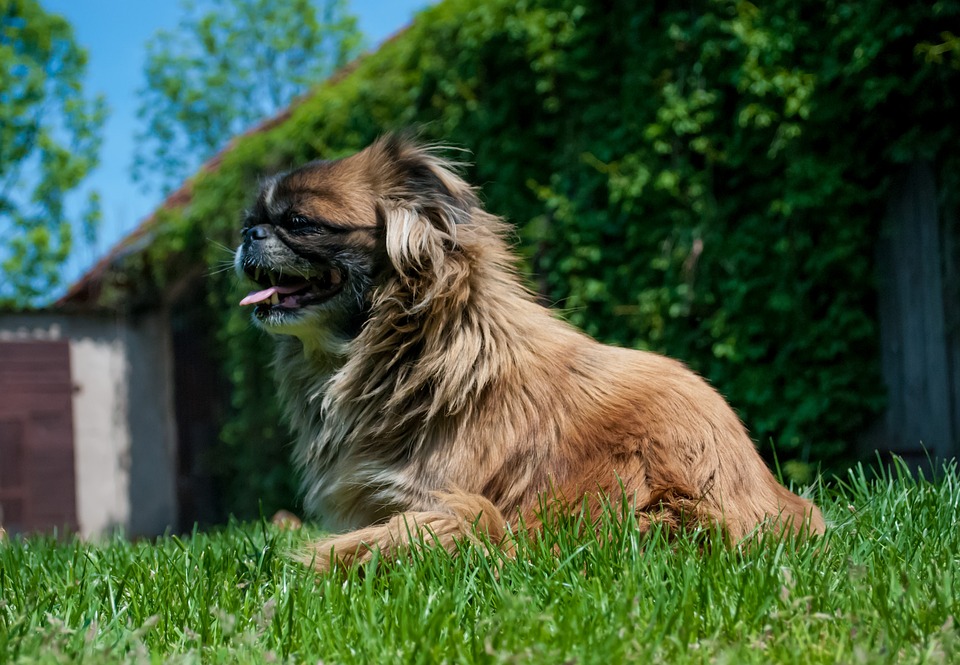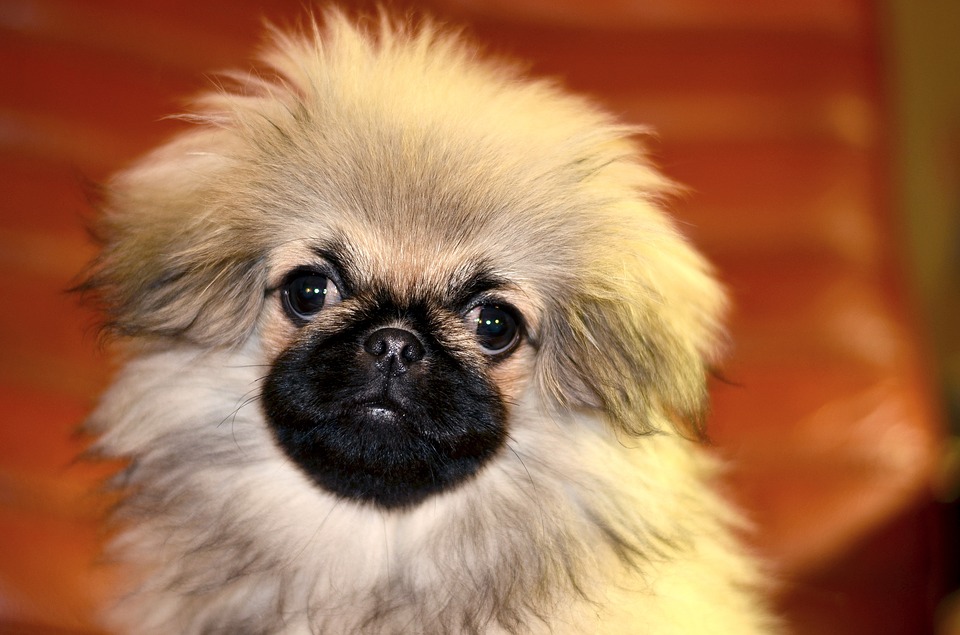The Pekingese
Vital Stats of the Pekingese
Vital stats of this breed include the following:
- Dog breed group: Toy
- Height: Not specified in breed standard
- Weight: Less than 14 pounds
- Lifespan: 14 to 18 years
Physical Characteristics of the Pekingese
The Peke has a slightly long, pear-shaped build with heavy forequarters and light hindquarters. This breed has an unhurried and dignified gait that appears much like a slightly rolling trot.
Pekingese dogs have a thick undercoat with a coarse outercoat that is long and straight, standing away from his body and forming a mane around the shoulder area. This breed has a lion-like appearance and bold expression which lends itself to the Pekingese’s Chinese origins.
Care for the Pekingese

While the Pekingese enjoys leisurely strolls outside, he is just as happy having a romp indoors. Heat prostration can be fatal for this breed. Therefore, he should be kept in well ventilated, air-conditioned rooms. You can allow the Peke to roam outdoors in cooler environments, but he should sleep inside at nighttime.
This breed is prone to matting, so make sure to comb his coat every week. Additionally, you will need to clean the Peke’s nose wrinkles daily to prevent infection.
Health of the Pekingese
Similar to any other breed, the Pekingese is prone to specific health problems. Health problems in this breed can include the following:
- Brachycephalic airway syndrome (causes difficulty breathing)
- Intervertebral disc disease
- Eye diseases (dry eye, glaucoma and progressive retinal atrophy)
- Patellar luxation
History of the Pekingese

The Pekingese is an ancient breed of Chinese origin. There are carvings dating back as far as the Tang Dynasty (618-907) that resemble the Pekingese — large head, flat face, a lionlike mane of fur, short legs and a feathery tail carried over the back. Ownership of this dog breed was limited to members of the imperial family, and their theft was punishable by death.
There was a number of names these dogs were known by including: lion dog, sun dog (for those with a red-gold coat), and sleeve dog (so called because they small enough to ride in the deep sleeve of their high-ranking owner).
In 1860 the Pekingese first came to the attention of the Western world, when five of them were taken as booty by British officers during an altercation between Britain and China. Queen Victoria was presented with one of the little dogs, which she named Looty.
More of the dogs had found their way to the West by the 1890s. This was because they were either smuggled out of imperial households or given as gifts to high-ranking Westerners. In 1893, a dog by the name of Pekin Peter was imported to England and exhibited at a dog show in Chester the following year in the Foreign Dog Class. Other Pekingese who contributed to the early development of the breed in Britain were named Ah Cum, Mimosa and Boxer.
The American Kennel Club recognized the breed in 1906, and the Pekingese Club of America was formed in 1909.
For more information on the Pekingese or other dog breeds, don’t hesitate to contact us here at All Pets Veterinary Medical Center with the link below!
















